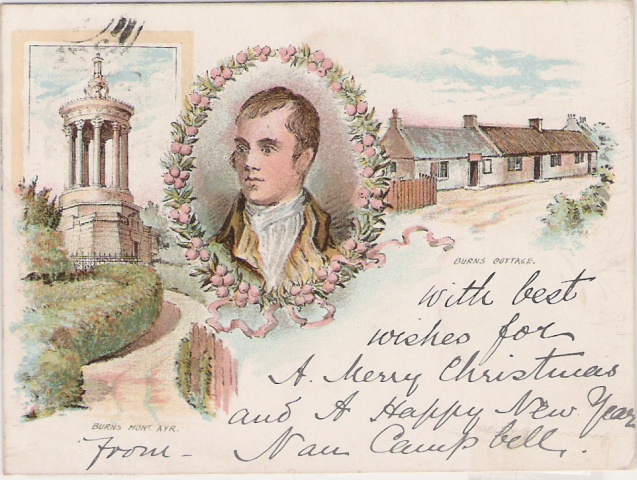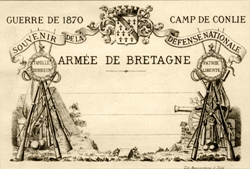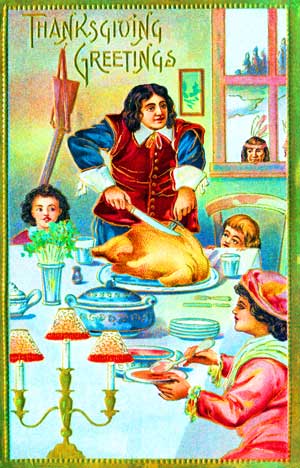Though we are used to seeing them practically everywhere these days, from every souvenir shop in the world to card stores to museum gift shops, and even at the grocery store, postcards are a relatively recent invention. The oldest one, and thus, what is believed to be the first, was sent in 1840 in England.
Most postcards are instantly recognizable because of their rectangular shape and thick card stock paper, which is made for writing and mailing something without an envelope. Of course, there are novelty exceptions to the shape and material with postcards, but the standard postcard type remains the same. There is even discipline of collecting and studying postcards, known as deltiology.
Ever since postal services began in various parts of the world, there have been the occasional people who write messages on cards and send them without envelopes. These early examples were always handmade and not of standard size and material construction. What is considered the first official postcard as we know them today was a hand-painted design on a card that was created by writer Theodore Hook in London in 1840; he mailed the card to himself, using a black penny stamp. It is believed he created and mailed the card as a joke to the post office, as the design he painted on it was a caricature of postal workers in a post office. This first postcard is now in the hands of a private collector, having sold at auction in 2002 for £31,750.
The postcard made its way to the United States in 1848, with the sending of a card depicting printed advertising. It was a handmade card, like its British predecessor. Postcards began being commercially produced in the United States in 1861. The first producer of them was John P. Charlton in Philadelphia, who obtained a patent on his postcard design. Charlton later sold the rights to his patent to Hyman Lipman. Lipman sold postcards with decorated borders, but no images, and labeled them “Lipman’s postal card.”

In issuing official postcards, England was not far behind the United States. The British post office began issuing postcards without images in 1870, and included a stamp in the design, so buying additional postage was not necessary; the price of the stamp was built into the cost of the postcard. There were originally two sizes of card offered, but the larger one was found to be too challenging to handle by postal workers and was soon discontinued. The smaller card came into favor.
While people had been designing images of their own on postcards for a while, the first postcard sold with a commercially printed image on it was made in France in 1870, by Leon Besnardeau at Camp Conlie. This was a training camp for soldiers who were participating in the Franco-Prussian War. The design of the card included a picture of piles of weapons on either side of a scroll. The scroll was topped by an image of the arms of the Duchy of Brittany.

In 1871, the first picture postcard that was used as a souvenir (and not as a letter home from soldiers) was sent from Vienna, Austria. These new picture postcards, with images of all kinds of things, became more popular over Europe and the United States in the 1880s. There are postcards from that time period showing such historic things as the brand new Eiffel Tower. While picture postcards became popular in a wide variety of places during this time, a particular type of picture postcard from this era was distinguished from the others by being called “French postcards.”
The first American picture postcard was designed in 1873 by the Morgan Envelope Factory, located in Springfield, Massachusetts. The first images on these picture postcards were of the Interstate Industrial Exposition of Chicago. Later that same year, pre-stamped postcards, called “penny postcards” were introduced to the market by U.S. Post Master John Creswell. The first postcard sent as a souvenir in the United States was sent in 1893, with images on it to advertise the World’s Columbian Exposition in Chicago.
In the United States, only the U.S. Post Office was allowed to print postcards until 1898. That year, Congress passed the Private Mailing Card Act, which allowed any private printer or publisher to issue their own postcards. However, cards not issued by the Post Office were not allowed to be called “postcards” just yet. They had to be labeled as “souvenir cards” or “private mailing cards.” This rule was revoked in 1901, and anyone could call their mailing card product a postcard.

Until 1907, any postcard made by any person or company had to be made so that the purchaser could only write on the front of the card. The address had to go on the back of the card. In 1907, the rule was changed to allow a divided back of the card, where both writing and an address could go.
While people embraced the new postcard with enthusiasm, as it allowed them to write quick notes to friends and family, without having to take the time to sit and write an entire letter when they did not have a letter’s worth of things to say, there were some legal issues involved with sending them, once picture postcards became popular. This is because picture postcards were sometimes sent across national borders, and the nations to which the cards were sent sometimes had differing laws from the countries where the cards originated, concerning what images could be printed on them.
In fact, the Ottoman Empire banned the sale and importation of postcards with images of the Prophet Mohammed on them in 1900. This has made postcards that went to the Ottoman Empire with these images before the ban highly valuable on the collectors market.








